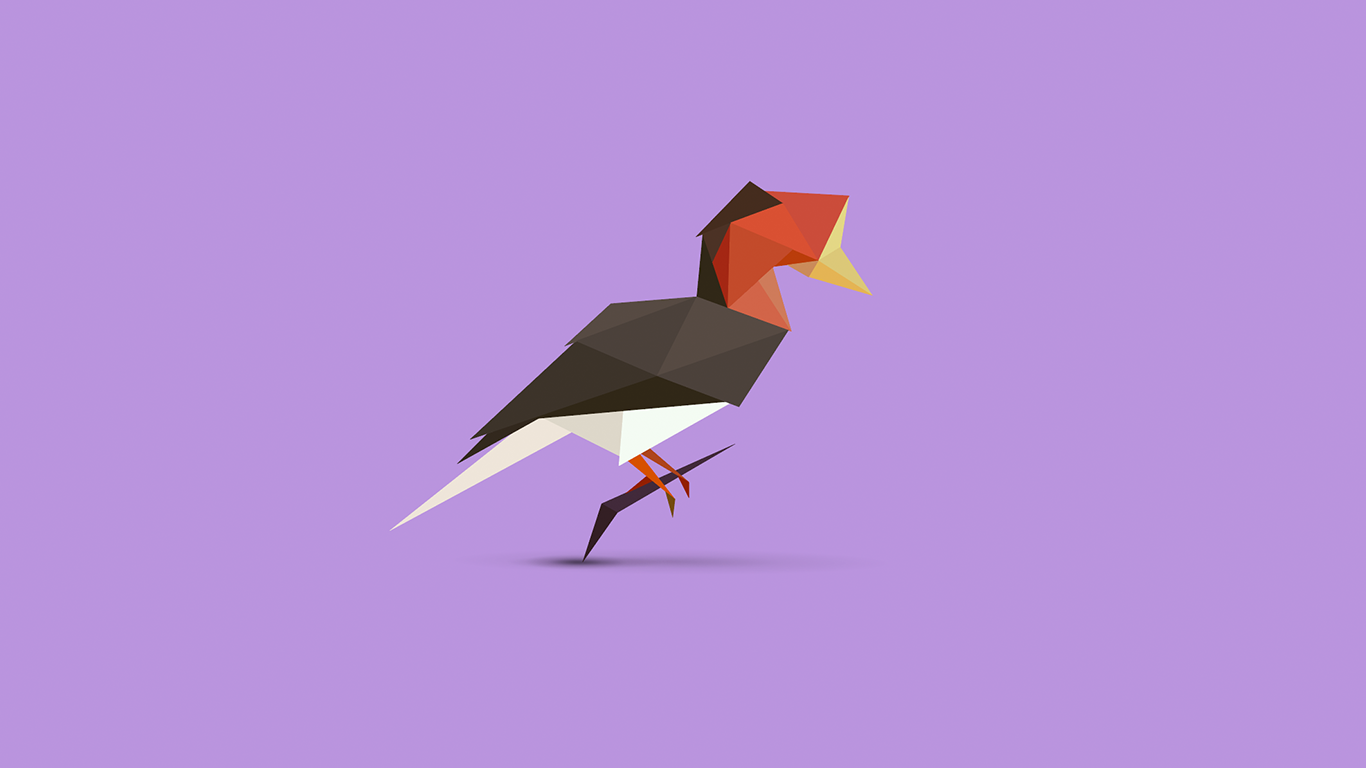Heather Houser noticed the growing popularity of data visualization nearly 10 years ago when she saw infographics appearing on social media. A professor at the University of Texas at Austin, Houser became intrigued by how a beautiful and creative medium could demonstrate a concept to its audience through data visualization. She also saw a link between this and natural history, as some of the visualizations were informed by environmental data.
In a lecture on April 17, Houser described to Northwestern students and professors three art projects that showed information about the environment: a graphic on the cover of Audubon’s 2013 annual report called Visualizing the Future of Conservation, Bryan James’ In Pieces and Maya Lin’s What is Missing?. These visualizations are part of what Houser calls the “new natural history.”

NBN asked Houser about this new natural history and the possible roles that such data visualization can play in the future of conservation.
This Q&A has been edited and condensed for clarity.
NBN: You mentioned a “new natural history” in your presentation, so could you define that and describe how it is distinct from the “old natural history”?
Houser: I think the old natural history often was practiced by scientists and scientist-artists – those roles kind of would blend. And it was very descriptive. It was envisioned to really describe and detail the characteristics of newly discovered species and some older species using a pretty rigid classification system. Today, what I call the new natural history is largely artists using some of the features of the older classical natural history less to describe species that are out there and more to think about our relationship to species as they’re threatened and endangered. It’s very much an artistic practice, but it’s also thinking through those feelings of loss and transformation that are happening under current environmental conditions.
NBN: What potential do you see for data visualization to inform people about environmental issues?
Houser: I mean, I definitely have my criticisms of it. One of the things that I am skeptical of is when people think, ‘I’ll show this visualization, people become aware of an environmental problem, and that will quite readily lead people to take a certain action.’ And I just think those steps are each very complex and not very definite. However, I think that it does spark people’s curiosity. It can put numbers that you might see, statistics, into a new form that makes you realize the magnitude or the urgency of an issue.
NBN: What do you think is the missing link between the curiosity these projects could spark and actual action?
Houser: That is a very complex question. I think one of the big important things we always need to consider is what are people’s social positions, and how does that information enter into people’s social positions. So, for example, what religious beliefs, what socioeconomic factors, what allegiances to family, groups, forms of beliefs – you know, often those things are very important and sometimes this information can be hard to take in and process when it conflicts or presents difficulties based on one’s social position. It’s not as if a visualization is received by some empty vessel and taken on its own terms.
One of the big things is also just what do people feel is possible to do in their day-to-day lives or in their political structures. So someone might be very mobilized, energized by this information, but then they look around them and they don’t know what they can do individually or collectively. Or maybe they think, ‘Oh, well, I could stop throwing away so much plastic, but that’s one small action, what is the bigger systemic action?’
NBN: In your presentation, you mentioned a ‘biopolitics’ of selecting some species for continuation and others for demise. Do you think that we have the power to choose which species will survive and which won’t?
Houser: I do think that we prioritize certain species over others, now whether our conservation efforts will succeed is a different question. And most of the campaigns we see are focused on things like what are called the charismatic megafauna, which means big charismatic animals, so things like whales or dolphins. There have been years and years of conservation efforts focused on those species. Today we also have a lot of attention on coral, which are of course these very beautiful tourist destinations, and they are threatened. So it doesn’t mean that our efforts are going to guarantee their survival, but we certainly prioritize some things like whales, dolphins and coral over things like the very strange microscopic creatures that don’t really figure in our everyday lives or even in our imaginations.
We do have to make priorities – and I think it’s good that there are conservation efforts focused on certain species – but we have to take into account how those species might depend on other ones we might be giving less attention. I think the other implication is maybe more abstract: It very much shows where our interest is drawn. Like I said, we do tend to be interested in the beautiful or something that we can relate to, like dolphins and whales. [We’re] very interested in their speech patterns and how they have their own language. It’s kind of a test of our ability not to be so centered on our own values and think about what is the value of this species on its own terms.